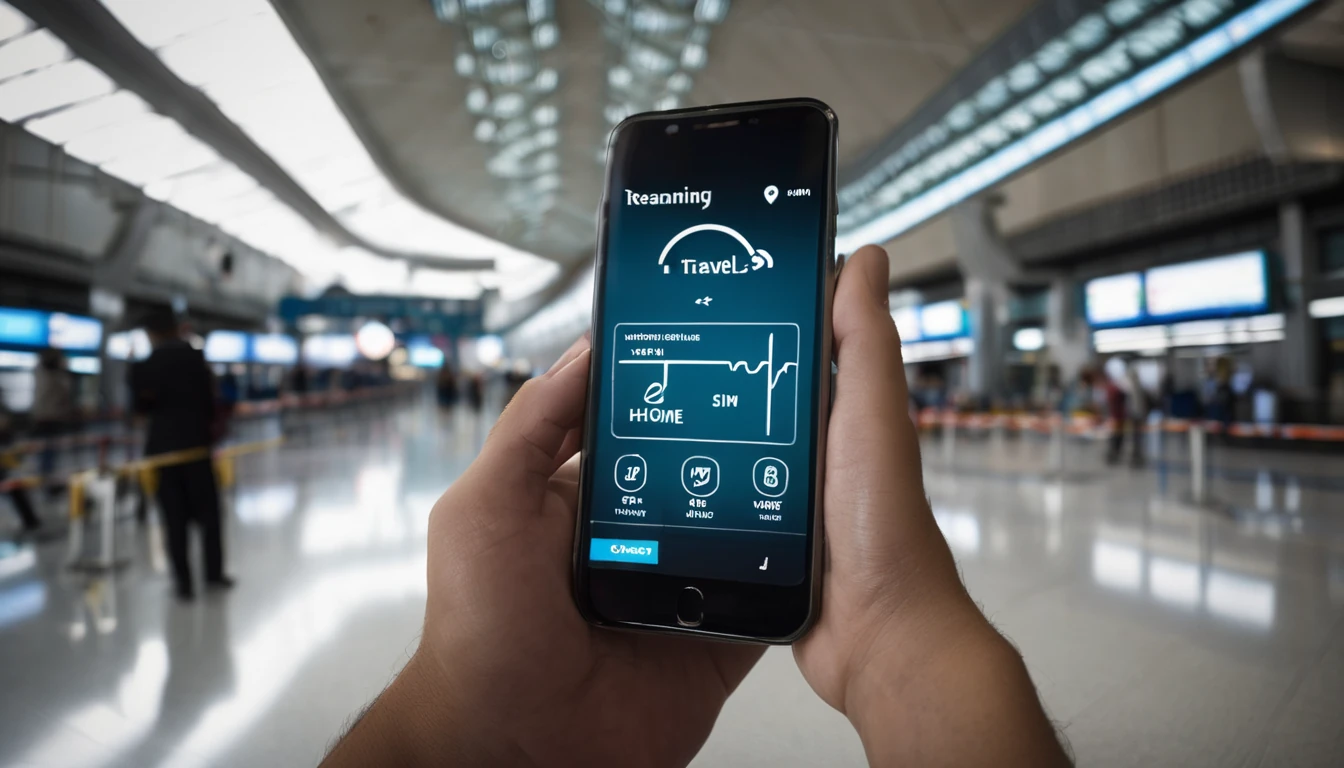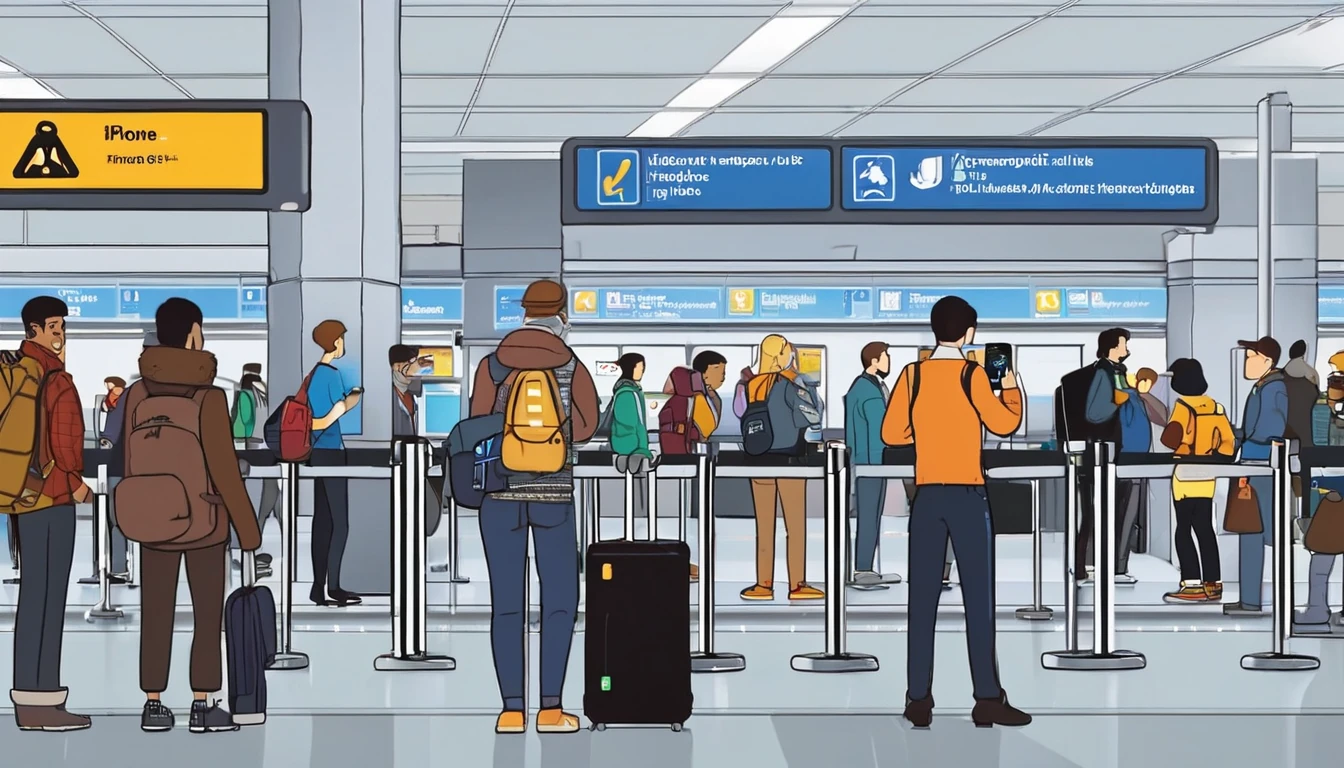A reliable mobile connection abroad depends on more than just signal bars. Three low‑visibility pieces of your phone’s setup do most of the heavy lifting: APN (Access Point Name), IMS (IP Multimedia Subsystem) registration, and Carrier Services (or carrier settings). Get these right and data, VoLTE calls, SMS/MMS and Wi‑Fi Calling tend to “just work”. Get them wrong, and you’ll see symptoms like “connected but no internet”, calls dropping to 3G (or failing entirely in 3G‑sunset countries), delayed messages or stubborn roaming issues. This guide translates the jargon, shows you exactly where to find the settings on iOS and Android, and explains when to reset versus edit—especially crucial if you’re travelling with an eSIM.
If you’re planning trips to the US, Europe or beyond, you’ll also find links to ready‑to‑use regional eSIM options such as Esim United States, Esim North America and Esim Western Europe. Keep this page handy for quick fixes on the road.
Quick definitions (plain English)
- APN (Access Point Name): The gateway settings your phone uses to reach the mobile data network. It includes the APN name, username/password if needed, and optional fields for MMS. Think of it as the Wi‑Fi password equivalent for mobile data.
- IMS (IP Multimedia Subsystem): The system carriers use to deliver modern voice and messaging over 4G/5G. If “IMS registration” is shown as “Registered”, your device can use VoLTE, SMS over IMS and Wi‑Fi Calling (subject to your carrier plan and device support).
- Carrier Services / Carrier Settings: On Android, “Carrier Services” is a Google app that provides up‑to‑date carrier configuration for things like RCS/IMS. On iPhone, “Carrier Settings” is a carrier bundle that tells iOS how to behave on a given network.
Pro tip: APNs get you on the internet; IMS keeps modern calls and texts working over 4G/5G; Carrier Services/Settings glue it all together.
What is APN IMS registration and why travellers should care
If you’ve searched “what is apn ims registration”, here’s the punchline: APN controls your data path; IMS registration confirms your phone is authorised to use IP‑based services like VoLTE and Wi‑Fi Calling. Travellers especially notice IMS after 3G shutdowns. In the United States, for example, carriers have retired 3G. Without IMS/VoLTE, voice calls may fail entirely or fall back to legacy tech that no longer exists. The right eSIM plus correct APN and a healthy IMS registration equals smooth sailing.
Where to find these settings: iOS and Android
iPhone (iOS)
- Check carrier settings version and update: 1. Settings > General > About. 2. If a “Carrier Settings Update” prompt appears, tap Update.
- View or edit APN (only if your carrier allows it):
- Settings > Mobile Data > Mobile Data Options > Mobile Data Network.
- If you don’t see “Mobile Data Network”, your carrier locks APN edits (normal for many profiles and eSIMs).
- Check VoLTE/Wi‑Fi Calling toggles:
- Settings > Mobile Data > Mobile Data Options > Voice & Data > ensure LTE/4G/5G is on and VoLTE enabled (label varies by iOS version).
- Settings > Phone > Wi‑Fi Calling > turn on if your plan supports it.
- Reset network settings (broad fix):
- Settings > General > Transfer or Reset iPhone > Reset > Reset Network Settings.
Pro tips: - On iOS, you often shouldn’t manually change APN; the carrier bundle sets it. If data breaks right after installing a new eSIM, remove and re‑add the eSIM before editing APN. - If roaming, enable Settings > Mobile Data > Data Roaming.
Android (varies by brand, similar paths)
- Update Carrier Services:
- Open Google Play Store > search “Carrier Services” > Update.
- Or Settings > Apps > Carrier Services > Storage & cache > Clear storage, then Update via Play Store.
- Check IMS registration status:
- Settings > About phone > SIM status (or Status) > IMS registration status = Registered is ideal.
- On some Samsung models: Settings > Connections > Mobile networks > Network operators and Voice networks; or service menu codes (advanced; use with caution).
- View/edit APN: 1. Settings > Network & internet (or Connections) > Mobile network > Access Point Names. 2. Select the eSIM/line if prompted. 3. Choose the correct APN or tap + to add one from your provider’s instructions.
- Reset APN to default:
- APN screen > three‑dot menu > Reset to default.
- Reset network settings:
- Settings > System > Reset options > Reset Wi‑Fi, mobile & Bluetooth.
Pro tips: - Keep “Preferred network type” on 4G/5G Auto. Turning off 4G/VoLTE can break calling in 3G‑sunset regions. - If you changed Private DNS, set it to Automatic while troubleshooting.
When to reset vs edit: a practical decision guide
Use this simple flow when something breaks after installing a SIM/eSIM or when roaming:
- Symptoms: “Connected without internet” or pages time out
- First: Toggle Airplane mode off/on; reboot phone.
- Then: Check data roaming is ON (when abroad).
- Next: Confirm the APN selected matches the profile provided by your eSIM provider.
- If APN fields look wrong/missing: Edit or add the APN per the provider’s exact instructions.
- Still failing: Reset APN to default (Android) or remove/re‑add eSIM (iOS/Android).
- Last resort: Reset Network Settings.
- Symptoms: Calls failing, or no VoLTE/Wi‑Fi Calling
- Check IMS registration (Android) and VoLTE/Wi‑Fi Calling toggles.
- Update Carrier Services (Android) or Carrier Settings (iOS).
- If you’re in the US, ensure your device model is VoLTE‑compatible with local networks. Consider a data‑only plan and calling apps if not. See Esim United States.
- Symptoms: SMS/MMS delayed or failing
- Ensure mobile data is enabled (MMS often needs data).
- Verify APN “MMS” fields are present if your provider requires them.
- Update Carrier Services; clear its storage and re‑open Messages (Android).
Golden rules: - Edit APN only if you have exact values from a trusted source (your carrier or eSIM provider). - Prefer “Reset APN to default” over random tweaks. - Avoid third‑party APN profiles from unverified websites.
How APN and IMS affect VoLTE, Wi‑Fi Calling and roaming
- VoLTE (Voice over LTE): Requires IMS registration and carrier/device support. Without IMS in 3G‑sunset regions (e.g., the US), calls may not connect at all. For trips that include the US or Canada, see Esim North America.
- Wi‑Fi Calling: Also rides on IMS. Helpful indoors or in rural areas. Must be enabled on your device and provisioned by the carrier.
- SMS over IMS: Modern networks route texts over LTE/5G via IMS. If IMS registration flips to “Not Registered”, texts may delay or revert to older paths, sometimes failing on data‑only profiles.
- MMS: Often relies on correct APN “MMS” fields and mobile data. Some eSIM data plans do not support MMS on the data line; use chat apps if needed.
- Roaming: The APN set by your eSIM should generally work across partner networks. If you switch networks manually, keep APN unchanged unless told otherwise.
Traveller tip: - For European trips that hop across borders without fuss, regional plans like Esim Western Europe are designed to “auto‑roam” with the right APN pre‑loaded. Country‑specific options include Esim France, Esim Spain and Esim Italy.
Troubleshooting checklist (save for the road)
- Confirm your plan is active and has data balance.
- Ensure the correct line/eSIM is set for Mobile Data and Calls (dual‑SIM phones).
- Turn Data Roaming on when abroad.
- Preferred network mode: 4G/5G Auto.
- APN: Select the profile provided by your carrier/eSIM. If missing, add it exactly as given.
- Toggle Airplane mode off/on; then reboot.
- Update Carrier Services (Android) or accept Carrier Settings Update (iOS).
- Check IMS registration status (Android). If “Not registered”, ensure VoLTE is enabled and try a different local network if allowed.
- Clear Carrier Services storage (Android) and reopen your messaging app if RCS/SMS is flaky.
- Remove and re‑add the eSIM profile if issues began right after installation.
- Reset APN to default (Android), then re‑select the correct APN.
- Reset Network Settings as a last resort.
Pro tip: - Keep a screenshot of working APN fields before experimenting. It makes recovery painless.
Planning connectivity by destination
Pick an eSIM that already includes correct APN and roaming parameters to minimise manual fixes: - Browse country and regional options on Destinations. - North America trips: Esim North America or the US‑specific Esim United States. - Western Europe touring: Esim Western Europe or country‑specific choices such as Esim France, Esim Spain and Esim Italy.
For teams on the move, centralise setup guidance and support via For Business. If you’re a reseller or travel partner, see our Partner Hub for resources and onboarding.
FAQs
- What does “IMS registration: Not registered” mean?
- Your device isn’t currently authorised for IP‑based services like VoLTE/SMS over LTE on that SIM/network. Update Carrier Services (Android), ensure VoLTE is on, reboot, and try another partner network if available. Some data‑only plans won’t register IMS for voice features.
- Will changing my APN affect VoLTE?
- Indirectly. A wrong APN can block data paths needed for IMS/RCS features. Use only the APN provided by your carrier/eSIM. Avoid editing the “APN type” to include “ims”; that entry is typically system‑managed.
- Where do I find APN on iPhone? I can’t see the fields.
- Many carriers lock APN editing on iOS. If Settings > Mobile Data > Mobile Data Options > Mobile Data Network isn’t visible, the carrier bundle manages it automatically. Remove/re‑add your eSIM or accept a Carrier Settings Update instead of editing.
- Should I reset network settings or just APN?
- Start with APN reset (Android) or re‑adding the eSIM. Only use full Network Settings reset if simpler steps fail—it will forget saved Wi‑Fi and Bluetooth pairings.
- Do I need Carrier Services on Android?
- Yes. It’s a Google component that updates carrier config for IMS/RCS. Keep it updated. If messages misbehave, clear its storage and relaunch your messages app.
- Why do calls fail in the US but data works?
- Likely a VoLTE/IMS issue on a 3G‑sunset network. Ensure VoLTE is on, IMS is registered, and your device is compatible. If not, use data‑based calling apps and pick a plan optimised for the region, such as Esim United States.
The bottom line
- APN gets you online; IMS keeps VoLTE/SMS/Wi‑Fi Calling alive; Carrier Services/Settings keep both in sync.
- On iOS, avoid manual APN edits unless instructed. On Android, use “Reset to default” before entering trusted APN values.
- For travel, choose eSIMs with correct roaming profiles and keep VoLTE enabled—critical in 3G‑sunset countries.
Next step: pick a region‑ready eSIM on Destinations and travel with confidence.




